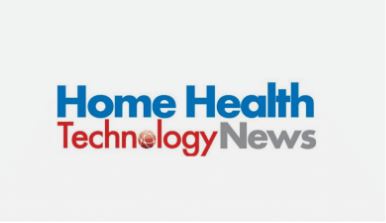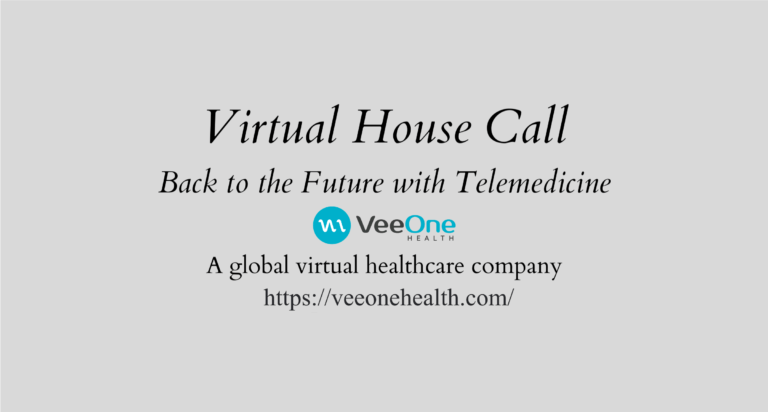There are more than 100 companies providing telehealth products and services, and nearly all of them address only part of the overall problem. VeeOne Health is different; our mission is to support the entire continuum of care – but what does that mean, exactly? In this blog we’ll look at the key aspects of the telehealth challenge and why it pays to use a complete solution rather than integrating multiple products from multiple vendors.
What Telehealth Requires
For some, telehealth simply means providing a teleconferencing link between patients and providers, but there’s a lot more than that in a complete solution. There are three components in a total solution: technology, physician services, and operations.
Technology is software and hardware that enables secure, high-performing, HIPAA-compliant, multiparty telecommunications between remote providers and patients. Some vendors offer dedicated systems for this purpose, but providers, patients and institutions prefer to work with familiar devices such as smartphones and televisions, depending on the care setting. The VeeOne OS platform powers our solutions across the entire care continuum — from inpatient, outpatient, and remote patient monitoring and hospital-at-home. Our platform offers one-click automatic scheduling without a call center. In addition, our platform has built-in interpretation services for more than 40 languages (including American Sign Language), so that care can be delivered seamlessly, and in seconds, to non-English-speaking patients by a live translator alongside the physician.
VeeOne offers VeeKart, a solution that upgrades any nursing cart into a telemedicine cart, but we also offer VeeKast, a compact, cost-effective hardware and software solution that turns existing in-room TV sets into full-fledged telemedicine endpoints. In addition, our VeeGo 360 solution delivers remote patient monitoring and conferencing from patients’ homes via their smartphones, tablets, or computers.
Physician Services – software that easily schedules remote providers, along with a network of providers who can be tapped to provide specialist care. Teleconferencing isn’t worth much unless there are remote physicians standing by to provide telehealth services, and it shouldn’t require a call center to schedule doctor visits. VeeOne has the largest network of telehealth providers (over 3,000) in such disciplines as ICU, neurology, pulmonary medicine, and more, and our platform offers one-click automatic scheduling without a call center.
Operations – VeeOne Health provides operations support like provider billing, credentialing, and workflow management. These behind-the-scenes operations are vital to delivering care, yet vendors who offer operational software often don’t integrate easily with technology or physician services. VeeOne built its telehealth platform from the ground up to incorporate operations and workflow management systems, so these are a seamless and easily accessible service within the VeeOne interface.
The Value of an Integrated Solution
While it may be tempting to choose telehealth solutions from multiple vendors, there are significant advantages to choosing a complete solution like VeeOne’s platform. For example, with VeeOne there’s no need to integrate disparate systems, which is expensive and time consuming. Deployment is easier and more cost-effective because one vendor handles the whole solution. And if support is needed after the installation, there’s only one company to call.
Other key advantages are ease of use and ease of training. Once the VeeOne solution is deployed, hospitals can typically train physicians and staff to use it in an hour or so.
Finally, the VeeOne platform was created with healthcare providers in mind. Among our executive staff are physicians and nurses, so we understand clinical workflows. Our platform is designed to fit within those workflows as effortlessly as possible.
We invite you to visit other areas of our website and to contact us at info@veeonehealth.com to start a conversation about how VeeOne’s telehealth platform can help you improve care while reducing costs.





